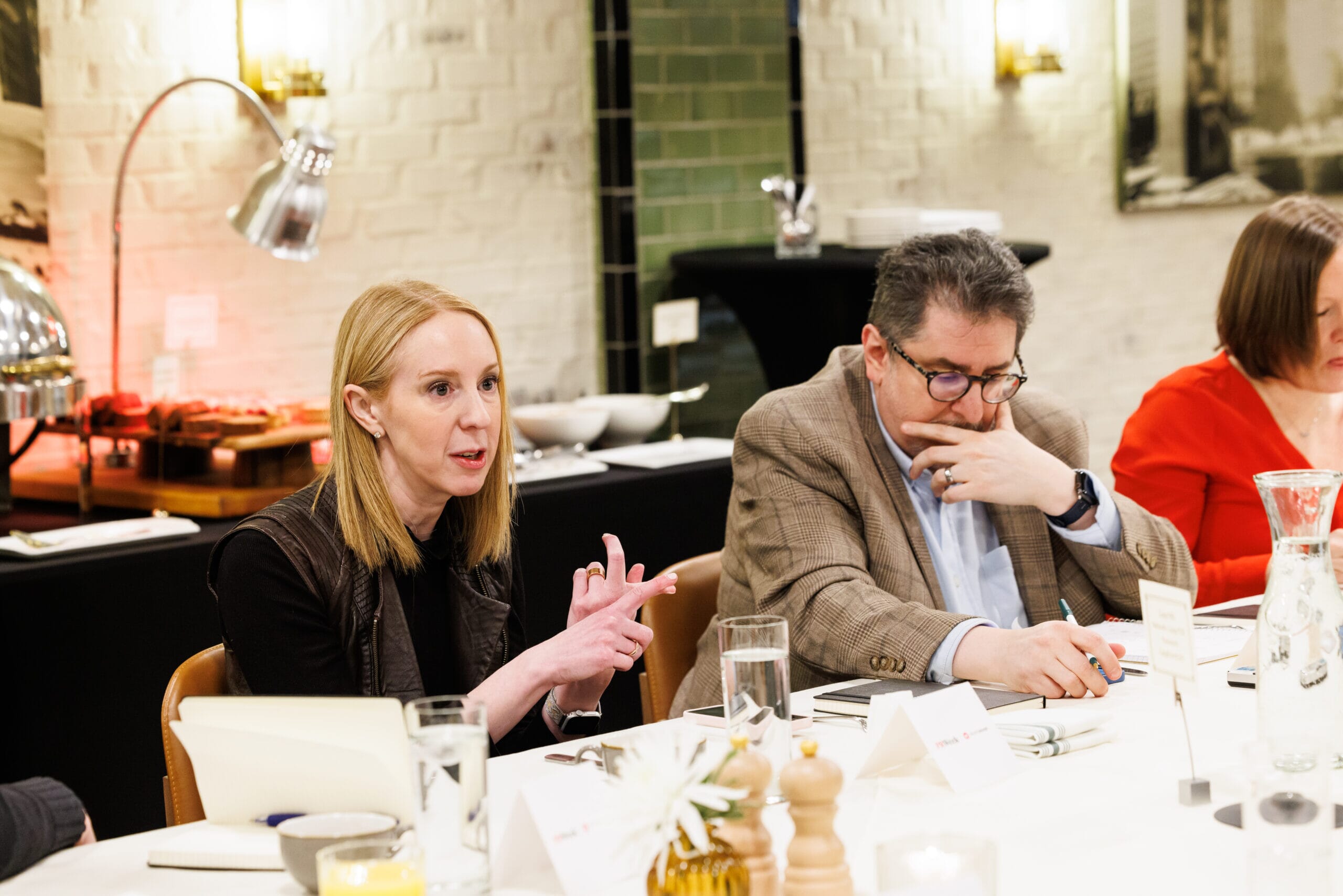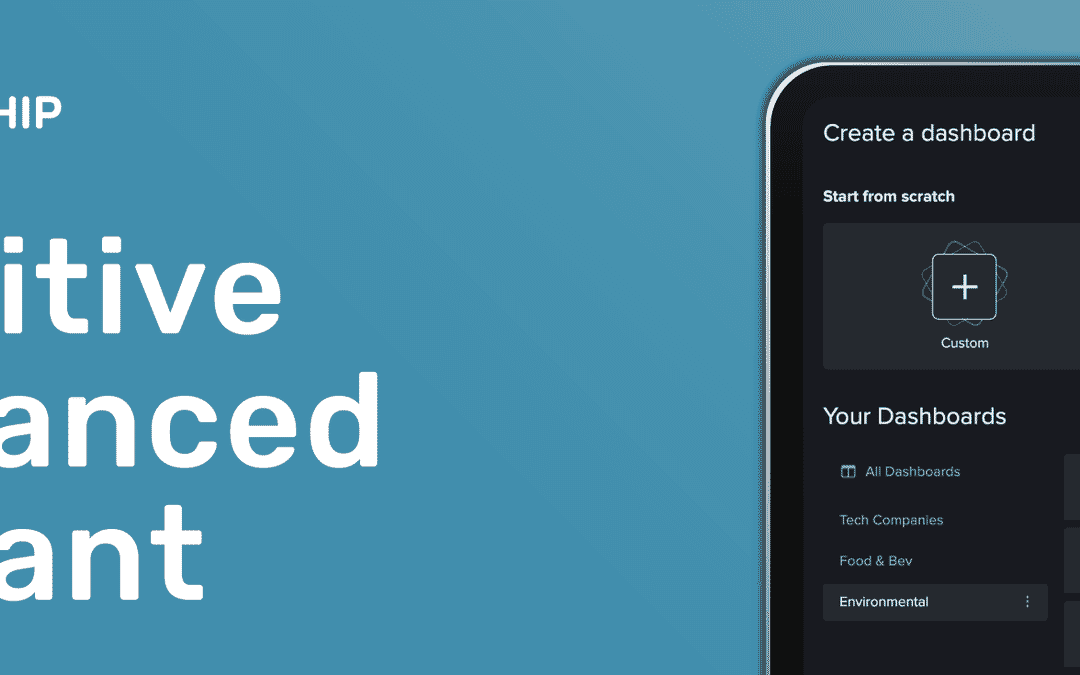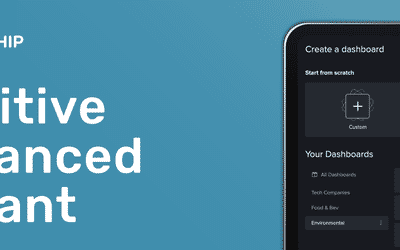In March of 2023, NewsWhip co-hosted a breakfast roundtable with PRWeek in Chicago to hear the thoughts of comms leaders from a variety of different industries on the challenges and opportunities presented by the increasingly digital world.
Attending the discussion were NewsWhip CEO Paul Quigley, Kraft Heinz’s VP of global corporate comms and reputation management Alex Abraham, Baxter’s VP of external comms Lauren Russ, Horizon Therapeutics’ EVP of corporate affairs and CCO Geoff Curtis, Conagra’s Senior Director of content and comms Lanie Friedman, Walgreens Boots Alliance’s VP of Corporate Communications David MacDonald, and Ally Financial’s director of external comms Brenda Rios.
The conversation was wide-ranging and lasted for about 90 minutes, but here were five key takeaways from the discussion.
1. Data has changed everything
First things first, it’s worth acknowledging that data has changed the way the comms world works. Reports that used to come the following month are now available the same week or the same day in many cases, allowing data to be used to course correct on campaigns and coverage as appropriate.
Another way in which data has changed everything is in the advent of actual, tangible metrics, from clicks to social engagements to conversion data. Not only does a shorter time frame decrease the rate of error in the metrics, the participants all agreed that things like reach and impressions are rarely seen in reports these days now that better metrics are available, despite having been a mainstay of PR reporting for years.
2. There are blurred lines between teams across marketing, comms, and insights
The second thing that many of the comms leaders around the table had noticed in recent years is the increasingly blurred lines between teams. This has always been true to an extent of comms and marketing, but insights teams are now also increasingly overlapping with comms teams as well.

This is only likely to increase as communications, marketing, and insights become more and more intertwined. Reputation and branding are natural bedfellows, but it’s likely there will be even more collaboration in the years ahead.
3. Getting info into the right hands is crucial
Building on the above point about cross-team collaboration, getting info into the right hands at the right time is a key challenge for any comms team. We’ve written about this theme before, and it was a key part of our webinar with Sean deGroot — not all of your stakeholders will have access to the tools that comms teams have, nor do they need all the information that the comms team has, so drawing that distinction is an important part of the job.

4. Your employees are a consumer segment
In 2023, crisis management isn’t just about managing a given crisis, it’s also managing perceptions of your organization among people within your company who may be reading the news and want the comms team or the company at large to respond. We’ve seen numerous examples of this recently, some of which are outlined in our recent crisis report.
As a result, according to our experts, it’s almost necessary to think of your internal audience as equivalent to a key customer segment these days, as your messaging has to land with them first and foremost — so you have to understand the narratives that are resonating or will resonate in the hours ahead.
In addition to all of the above, what companies are expected to comment on these days is much broader, so it’s crucial that comms teams know what might come up before anyone else so that they have something of a time advantage. To deal with this influx of information, a number of brands now have a matrix for public comment — meaning if it doesn’t fit parameters of relevance to the brand then they won’t comment so as not to add to the noise.
5. Misinformation is a rising problem
The final topic of interest was about misinformation, a growing problem in the digital age. The roundtable participants saw this as a key challenge of the decade, with several facing almost weekly tests when it comes to misinformation recently.

A key driver of this is that we simply have such an influx of information and the only way to combat it is to be data-led, especially when everything has been politicized to the extent that it has.
Finally, it’s important to take into account cultural information too, and not view everything through a US lens, which is why you often need experts on the ground in different countries to be able to advise on feasible and sensible next steps.
Request a demo to learn more about how real-time media monitoring can benefit your comms team.











